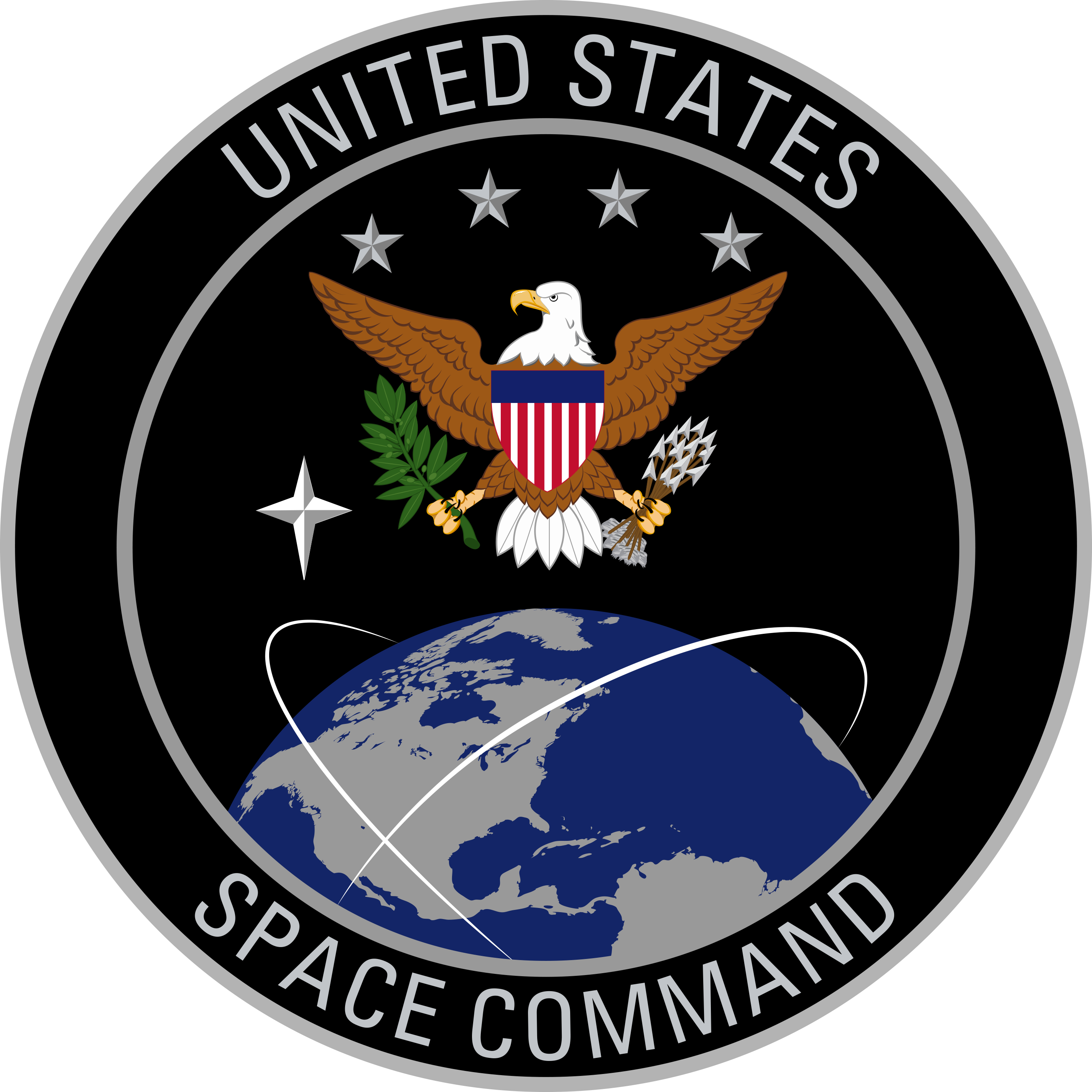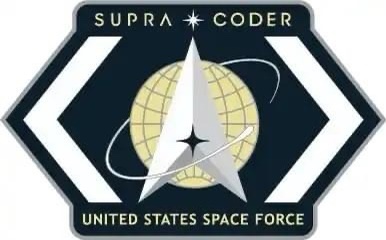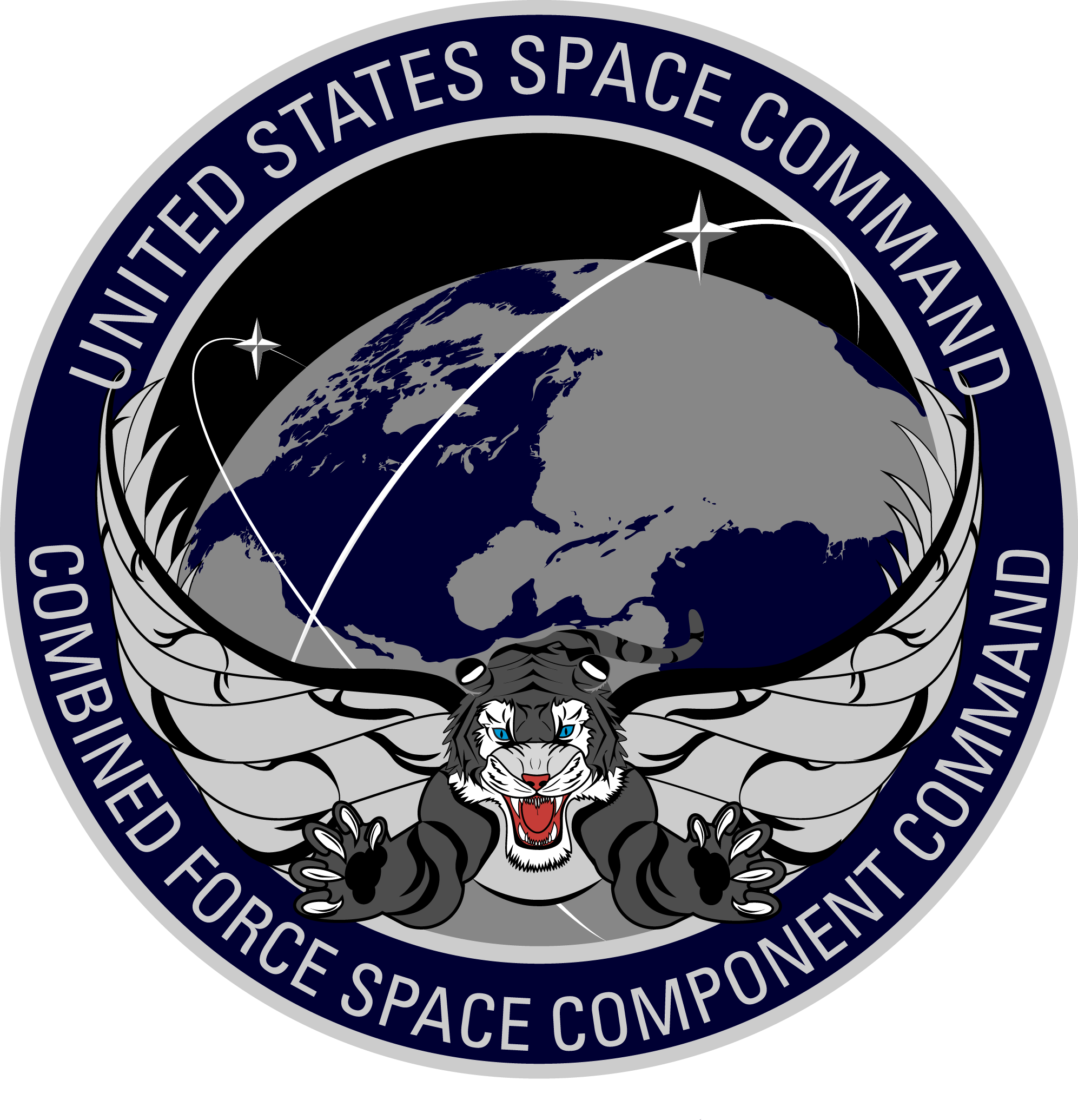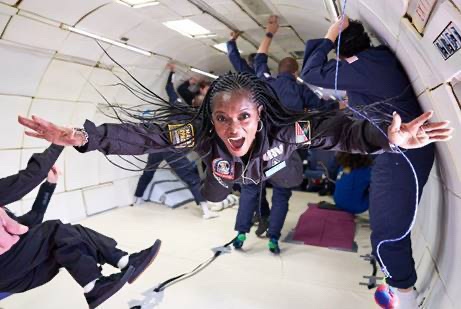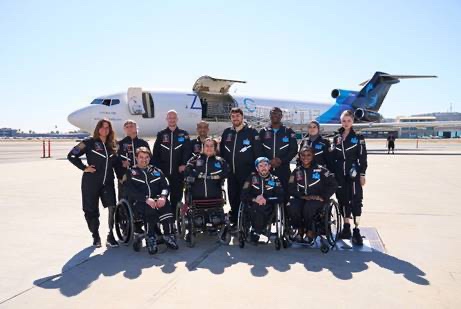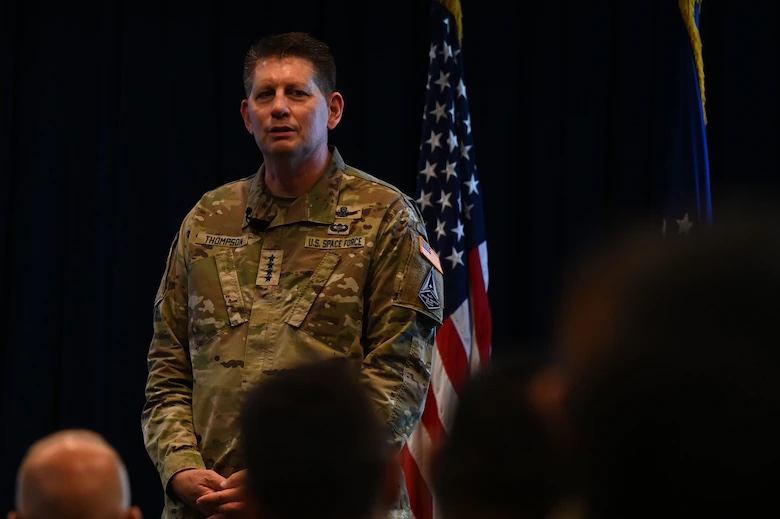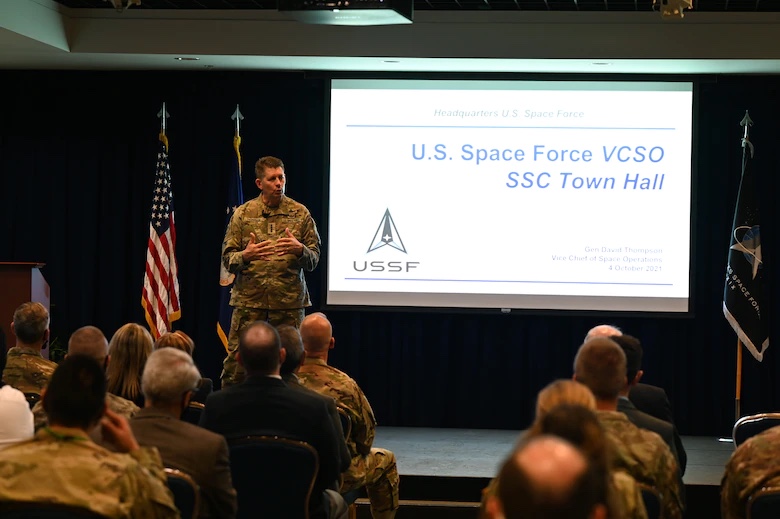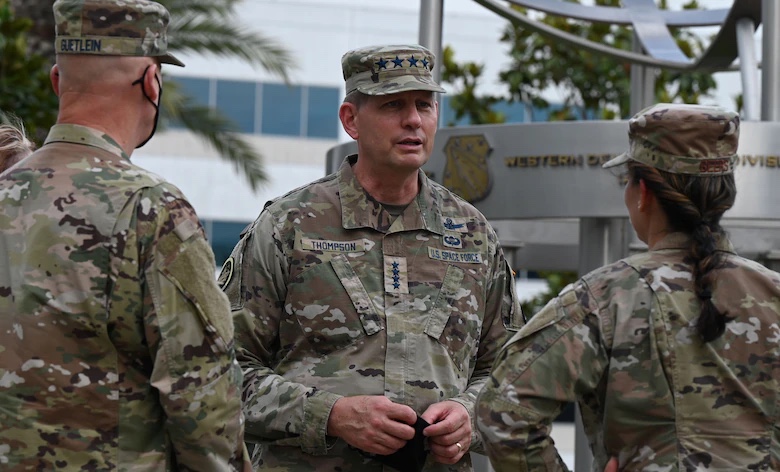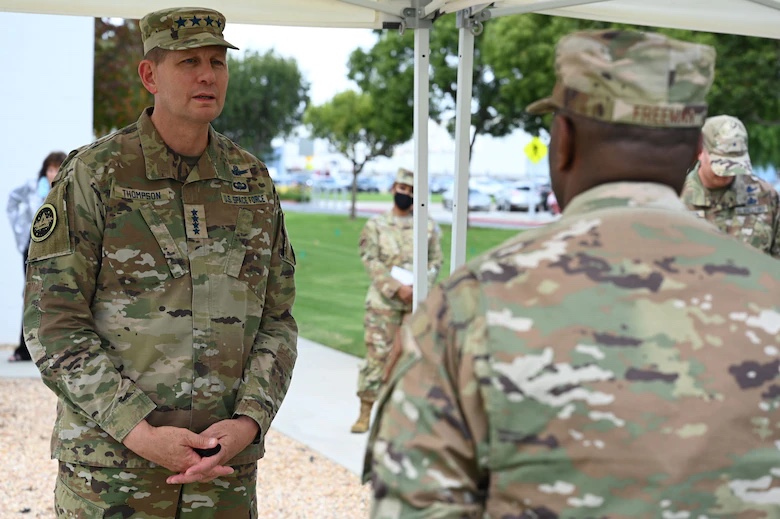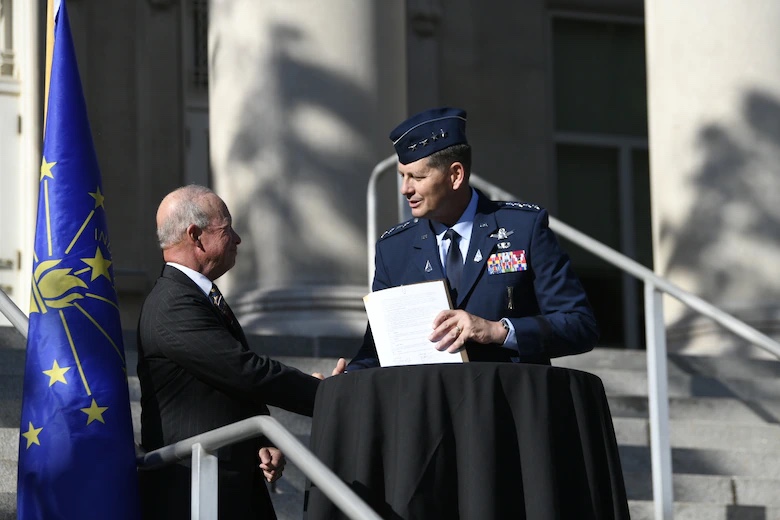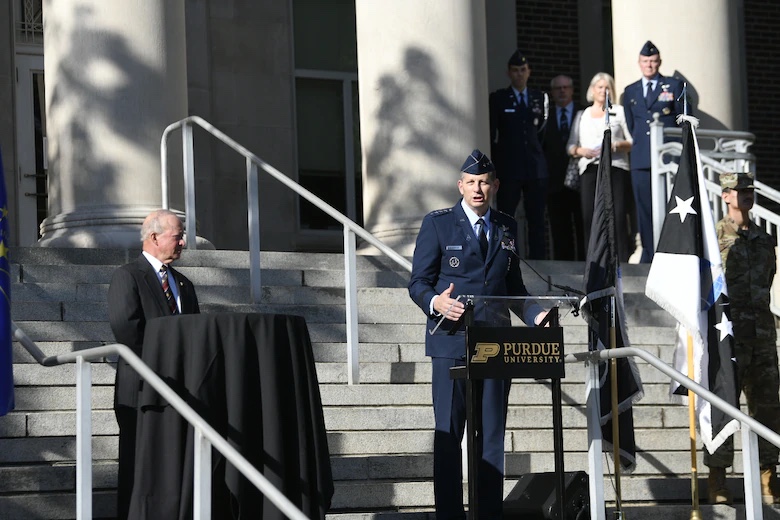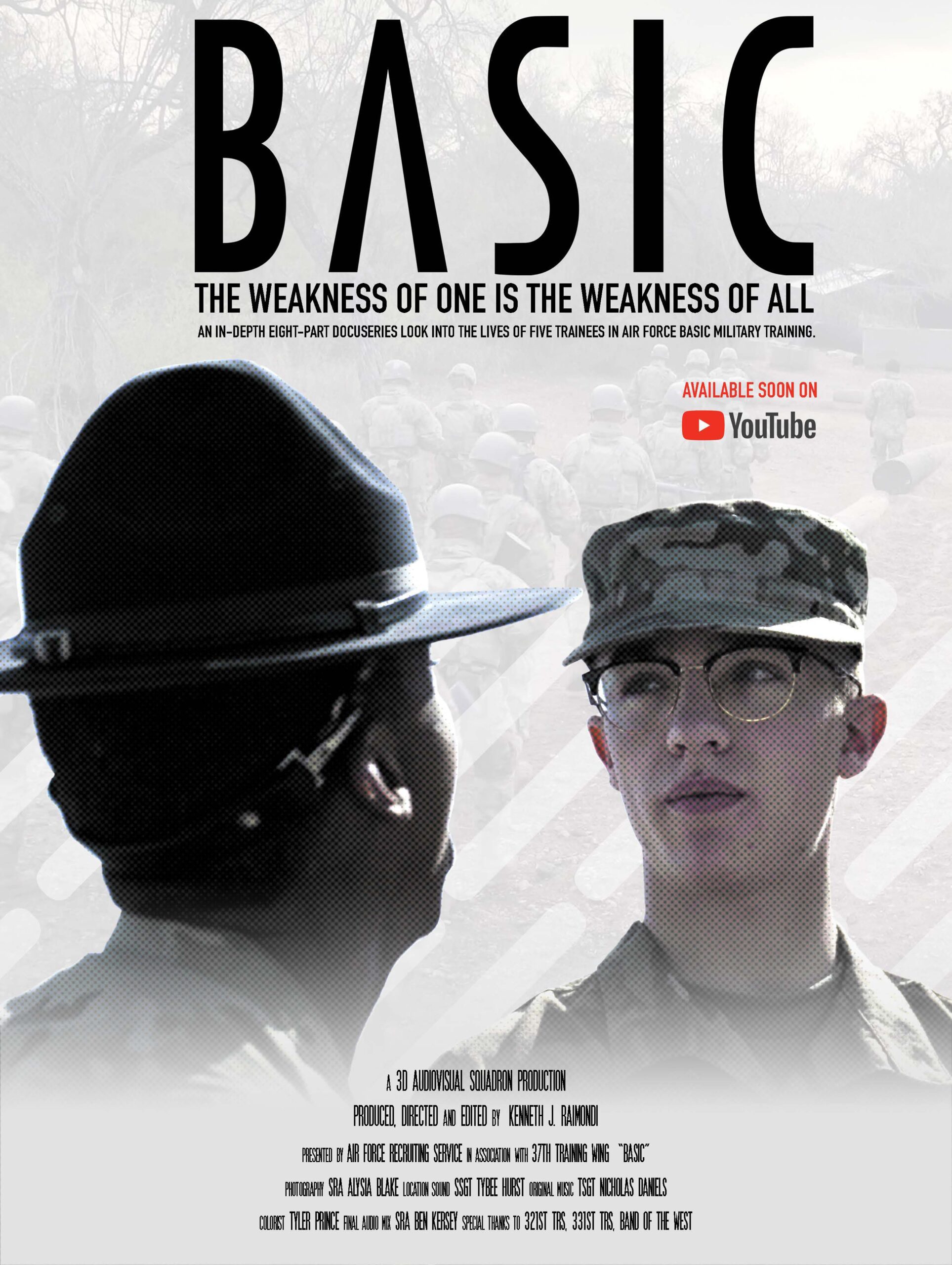
JOINT BASE SAN ANTONIO-LACKLAND, Texas (AFNS) —
Anyone wondering what the process of joining the Air Force is like, leading up to and through the completion of Basic Military Training, should check out a new docuseries that follows five individuals as they transition from civilians to Airmen.
Titled “Basic,” the eight-part docuseries was released on the Air Force Recruiting official YouTube page Oct. 28.
For Air Force leaders, this is a unique opportunity to show recruits an in-depth look into their upcoming experience.
“From a recruiter’s first meeting with a future Airman or Guardian, their first questions always seem to be about what they can expect at Basic Military Training,” said Maj. Gen. Ed Thomas, Air Force Recruiting Service commander. “Today’s BMT isn’t what mom or dad went through decades ago, and it’s not necessarily what Hollywood portrays. The Air Force is granting access to BMT as it happened for brand-new Airmen. This series aims to shine a light on the reality and professionalism of basic training. We want future Airmen and future Guardians to know what to expect when they make decisions and prepare for this uncommon life.”
“I’m excited to provide this unique look into the journey America’s sons and daughters take as they become Airmen in the world’s greatest Air Force,” said Chief Master Sgt. of the Air Force JoAnne S. Bass. “Their service to our Air Force and nation has never been more important, and seeing our military training instructors in action as they develop these Airmen to fulfill those roles is motivating to say the least.”
Basic was produced and directed by Ken Raimondi, a former Air Force recruiter and current civil service producer and director with the 3rd Audio Visual Squadron. He led a team that grew from four to 17 people to complete the project. Raimondi said he has always wanted to do an in-depth documentary on BMT since he was on active duty.
“I was a recruiter from 2003-2006 and I wished there was something like this then that showed Basic Military Training in great detail from the perspective of the service member,” he said. “It just hasn’t existed up until the release of this project, in this amount of depth.”
Raimondi said the series shows all the emotions recruits go through during the process and gives viewers an inside look at BMT.
“It shows their nervous thoughts at home before they leave, the shock of the first weeks, the highs and lows, successes and failures, and everything in-between,” Raimondi said. “The eight-part series opens the doors to BMT in a way you’ve never experienced. Imagine being a fly on the wall throughout BMT and once a week, getting the chance to hear directly from the subjects, away from anyone else, including their military training instructors, to hear exactly what they think and feel.”
The project was initially brought to Raimondi in 2019 by the superintendent of BMT at the time, Chief Master Sgt. Lee Hoover.
“They wanted an in-depth look at the BMT experience,” Raimondi recalls. “After an initial discussion, we agreed to bring Air Force Recruiting Service on board as they have the highest traffic for the target audience we knew we wanted to go for.”
Rather than just tell the story of BMT and some of the changes in recent years, Raimondi had other ideas on how to tell this story.
“I pitched the idea to not just tell the world how BMT has changed, but let’s show it through the lives of five civilians as they make that transition to Airman,” he said. “The great thing about BMT is that the drama is built in from the start. It’s a captivating story that thousands of people experience every week here and taking just five of those stories and letting them tell it as they experience it accomplished multiple goals. It’s entertaining to watch, authentic, and informs our audience organically of what modern-day BMT is like.”
When BMT agreed to take the approach Raimondi pitched, they knew it couldn’t happen without the support of AFRS.
“First of all, recruiters are the face of the Air Force to many of our communities,” Raimondi said. “If recruiters were not involved in this, we would be missing a huge chance to reach our target audience at the very place where they would be asking the questions this series could answer. Beyond that, we also knew it would cost money to send our team of four on the road for five weeks from one hometown to another to cover the pre-Air Force life of our subjects.”
AFRS agreed to help fund the project. Now Raimondi had all the major stakeholders behind his idea and was free to see his vision through to the end. For AFRS, supporting this project was a no-brainer.
“This was an excellent opportunity for Air Force recruiting to provide potential recruits some insight into what that life changing moment of Basic Military Training is like,” said Wes Fleming, chief of plans and programs for AFRS public affairs. “We felt like this story hasn’t been told before, showing the life changing experience of becoming an Airman.”
AFRS did help fund this project, but also played a critical role throughout the making of this docuseries.
“AFRS was involved since pre-production,” Raimondi said. “They helped me narrow down our cast and paid for our travel from place-to-place before we began filming at BMT. Their participation from the start was critical to the success of this. They also helped me coordinate with the recruiters of each person so we can see some of that interaction. In fact, we get to cover a prospective battlefield Airman as he goes through training for the [Physical Ability Stamina Test] used in Special Warfare career fields before he ever leaves for BMT. That access is all due to AFRS.”
Raimondi realizes this is not the kind of product normally produced for AFRS.
“You may expect something shorter, punchier or slicker, and that would be fair,” Raimondi said. “They are vying for the attention of a target audience that has plenty of other things to do and see outside of what the Air Force offers. Speaking as a former recruiter, I know how hard that is. Now this series may not bring more people to the recruiting doors; I don’t know for sure. What I do know is that AFRS wants to make sure that the folks they do send to BMT are well informed and ready to succeed in the Air Force. I am 100% confident this series will do that.”
Raimondi optimistically thinks this series will motivate people to want to join, but at minimum, it gives recruits some understanding of what to expect at BMT.
“The important thing is that now the world has insight into how the Air Force trains civilians to become Airmen,” he said. “With that knowledge out there, prospective recruits and potential Airmen can make an informed decision and be ready to tackle the challenge of their lives.”
Tackling a project of this scope is no easy task for Raimondi and his team.
“I was lucky in the fact that the Navy produced a short format docuseries called ‘Boot Camp: Making a Sailor,’” he said. “I reached out to the producer, Austin Rooney, to hear some things that worked and some things that were challenging ahead of us moving forward. His insight definitely helped me think through some things and he helped me avoid some challenges that they faced in producing theirs. It’s a great series and I’m thankful Austin took the time to share the background with me.”
The one thing he knew he wanted to do differently was to be there every step of the way. From their hometowns to graduation, his small team of four spent seven days a week and upwards of 18 hours a day with them.
“The philosophy being that if we aren’t there to capture what happens, we can’t tell the entire story to the audience,” Raimondi said. “Documentary is all about being there when it happens and we made the sacrifice to do that, including holidays, weekends, evenings, mornings, whatever it took. It was an exhausting endeavor that allowed us to take home more than 20 terabytes of footage. Hundreds of hours of footage cut down to about five hours making up this eight-part series.”
The other thing that was really important to Raimondi was absolute authenticity. He said this isn’t the Air Force’s story or BMT’s story, it’s the story of the five.
“We didn’t conduct traditional interviews outside of the hometown visits,” he said. “The trainee sat in front of what we called a confessional camera, and was allowed to speak freely whatever they thought and felt from the week they experienced. As the editor, it wasn’t the easiest thing to cut as people didn’t just give simple sound bites, but to me that’s where the authenticity lives. It’s messy, real, raw … it’s life. I think modern audiences appreciate projects that have the shine off and show you how it really is. My goal is that the audience wouldn’t feel the hands of the director or editor, but instead be immersed into the story as it unfolds.”
Raimondi and his team felt fortunate to have wrapped up their production on this project January 6, 2020.
“Had COVID(-19) hit us while we were in production we would have had to stop filming and would have lost the whole project,” he said. “Training and safety come first and if the presence of our crew ever got in the way of either, we would have had to stop filming. As I was editing it, isolated in the edit bay during the social-distancing measures, it was weird watching all of these unmasked trainees working in close proximity. At the time it felt like another world. Thankfully, with vaccines picking up steam, I think a return to normal is around the horizon. I know I’m thankful for that.
I’m so proud of this project,” Raimondi said. “I fully expect this will reach a lot of people, and when they get to BMT, they will be ready to experience what’s ahead of them. For the parents and families of those leaving to serve, it will allow them a sneak peek into the BMT experience. For the casual fan of documentaries, they’ll love the drama that unfolds at BMT. Tears, cheers, blood, sweat and even laughter… it’s all there because that is the BMT experience.”
“Basic” will air on the Air Force Recruiting Service’s official YouTube at 8 p.m. EST, with a new episode each Thursday, with the exception of Thanksgiving night, beginning Oct. 28. Viewers can access it here.
